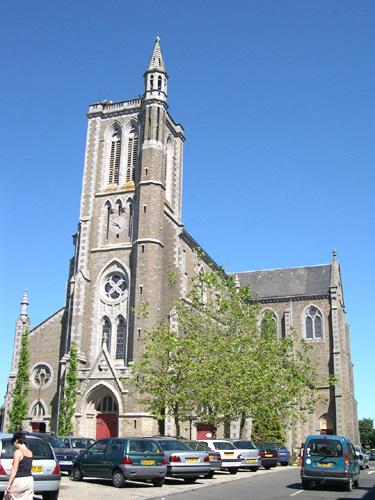Church of Saint-Méen

In 1982 the Association of Friends of Bisquines and Old Cancale opened the Museum of Popular Arts and Traditions in the old parish church dedicated to St Méen. Located in the town, this building is in fact the old church of Cancale which has all its evolution linked to the history of the town for 500 years. Built in the 17th century, then from 1715 to 1727 on the plans of Garangeau, Vauban's architect, its facade is reminiscent of military type construction. It was definitively enlarged in the middle of the 19th century.
About this building
Church rebuilt from 1715 to 1727 by the architect Garangeau, then enlarged from 1836 to 1838. The choir dates from 1842. The primitive church already existed in 1302. In the 11th century, the parish was constituted and under the dependence of the abbey of Mont-Saint-Michel. The present building has a rectangular plan with a low arch door to the west, surmounted by a triangular pediment supported by four Doric pilasters. Above it is a square tower with an octagonal slate roof topped by a campanile. The south and north sides have two gables of unassembled shale and sandstone, adjoining each other, each with a low arched bay. Gargoyles decorate the bases of the ramparts.




